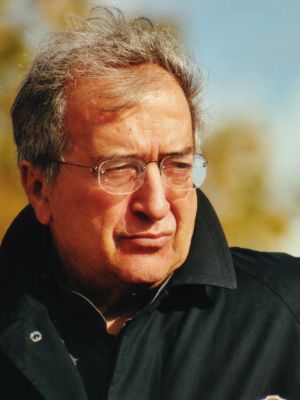
Luciano Berio © Universal Edition Eric Marinitsch
Luciano Berio
Luciano Berio (1925 – 2003), whose 100th birthday is celebrated this year, was the leading composer of the Italian post war avant-garde, together with Luigi Nono, who was almost the same age and Bruno Maderna, who was somewhat older and died very young. The fusion of art music and authentic folk music, the integration of jazz elements or complex African rhythms, various techniques of collage and quotation, the disregard of genre boundaries, especially in works of music drama – are some of the compositional methods that demonstrate Berio’s originality and the richness of his inventive talent.
Berio was born into a northern Italian family of musicians. His father and grandfather were organists and composers, and it was only natural that Luciano Berio should enrol as a student at the Milan Conservatory. After suffering a hand injury at the age of nineteen during the final days of the Second World War, Berio was no longer able to pursue his envisaged career as a pianist and concentrated instead on the study of composition. He nonetheless continued to perform as a piano accompanist. It was in this role that he first met the American soprano Cathy Berberian, who was to become his congenial interpreter. They were a married couple from 1950 to 1964.
Berio engaged in a fruitful dialogue with three Italian writers and theorists – Eduardo Sanguinetti, Italo Calvino and Umberto Eco – a circumstance that was also reflected in his compositions. All four artists were bound by the concept of an art work as a vibrant, many faceted entity of mutually permeating levels of perception, breaching traditional boundaries. From the 1960s onwards, Berio produced a steady succession of works that made him one of the most prominent figures in the New Music movement. These included the fourteen “Sequenza” compositions for a solo instrument, a sequence that continued until 2002. His most famous work is the “Sinfonia”, composed in 1968/69, a fascinating, labyrinthine composition containing musical quotations and texts from Samuel Beckett to Gustav Mahler, which realises in an exemplary manner the idea of an open work of musical art that can be experienced from many perspectives. While the following decade was primarily characterised for Berio by works of experimental music theatre, his wide compositional spectrum was enhanced from the late 1980s by an additional facet as he increasingly focused on the arrangement of traditional works. Luciano Berio died in Rome on 27 May 2003.
As of: February 2025